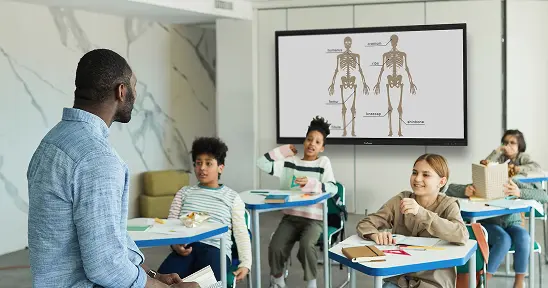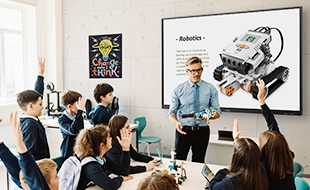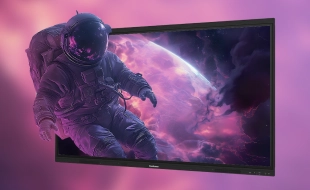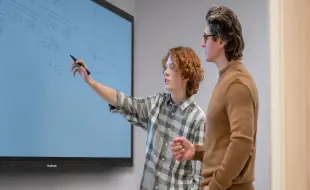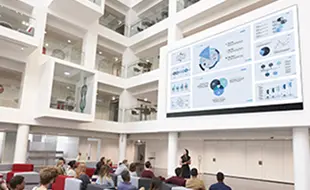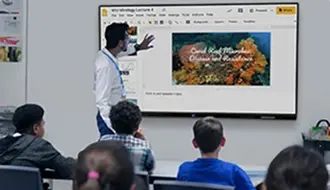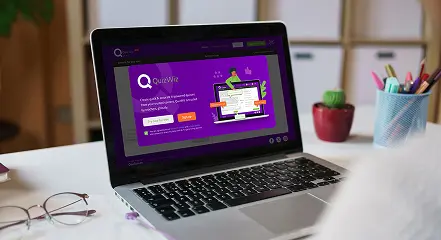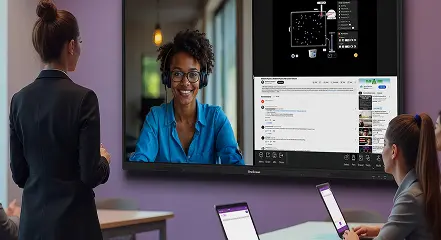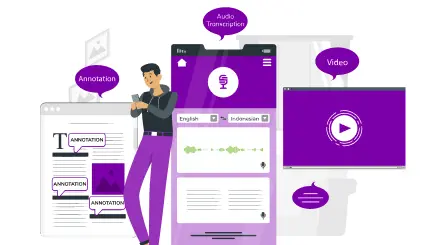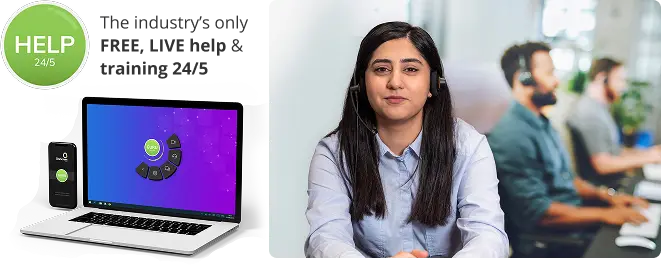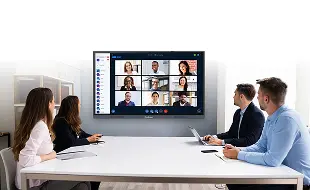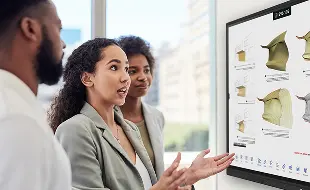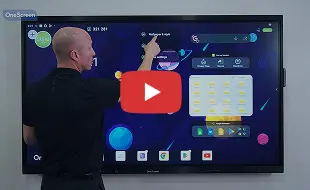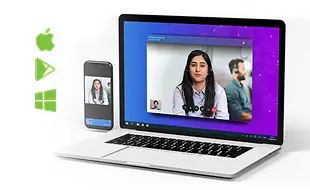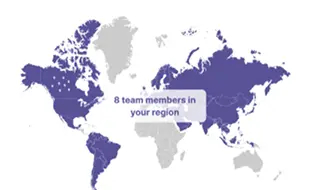
What is Microlearning?
Welcome back to Highlights from Podcasts We Love, where we listen to the best podcasts in the education space to save you time and point the way to some excellent resources. We encourage you to listen to the full podcast when you have the bandwidth. In the meantime, here you can get the gist in a glance.
Today’s spotlight is:
The Easy EdTech Podcast with Dr. Monica Burns: The Power of Microlearning
Podcast length: 24 min. Blog est. read time: 2 min.
Dr. Monica Burns speaks with educator turned microlearning expert Dr. Nancy Miller, Director of Learning at the educational technology platform, Rumie. Dr. Miller guides the development of microlearning curriculums based on input from educators and students.
Insights from The Easy EdTech Podcast
Microlearning is an emerging trend in education. Though it has always been around in one form or another, the advent of mobile devices has made microlearning a part of everyday life. So, what exactly is microlearning? It can be best described as small packets of learning for quick review or information focused on a single topic. As described in Microlearning: Short and Sweet by Karl Kapp and Roby Defelice, microlearning is made up of “instructional units that provide short engagement in an activity intentionally designed to elicit a specific outcome.”
Something as simple as a video on learning a new dance or song, a cleaning tip from TikTok, a meme referencing a specific interest, or informative posts discovered while scrolling through social media can all be considered forms of microlearning. However, microlearning is not limited to information delivered by technology alone. As an educator, and long before Dr. Nancy Miller even knew what microlearning was, she would often begin classes with a “starter” — a brief exercise, fact, or review that helped her students jump into the lesson and have fun while priming their brains for learning.
Why Has Microlearning Become So Popular?
Smartphones grant us limitless access to information while we’re waiting in line, sitting on the train, hanging out with friends, or even sitting down before dinner. Think googling “What are shiso leaves?” underneath the table at a Japanese restaurant. Microlearning on social media allows viewers to not only learn rapidly in small bits at a time, but also to collaborate on the subject, interact with friends, and actively engage with the concept for short bursts of time. As a result, microlearning has exploded in popularity in recent years as attention spans have shortened and time demands increased.
The Next Step in Education
This podcast asks us to imagine what would happen if we took passive microlearning one step further and encouraged students to purposefully engage with lessons on a bite-sized scale in an educational environment. So far, the outcome is tremendously successful. According to Dr. Miller, an average person’s working memory can only hold up to four chunks of information at a time. When we adjust our information consumption behavior to invest small portions of time for consuming smaller bytes of information, we avoid information overload. When the brain is able to properly absorb information, it acts as a sponge, transferring the smaller bytes to long-term memory with a much higher storage capacity.
Microlearning has proven to be more conducive to student engagement in discussions, critical thinking, and collaboration among peers. Students are much more likely to debate over a limited subject that they have a more comprehensive understanding of, rather than the contents of an entire book. This gives active learners a chance to more fully understand complex topics piece by piece, mastering the concepts one at a time.
Student Empowerment and Engagement
Students tend to be more empowered and more deeply engaged in a topic when they approach it in the way that matches their learning style. The structure of microlearning has evolved along with modern technology so it fits seamlessly into how most students naturally communicate and interact. That also explains why it is better integrated into their lives, ideally suited for asynchronous learning.
This makes it easier for students to continue learning after they leave the classroom. At the same time, the microlearning structure makes it easier for students to create lessons of their own to share with their peers. Shifting the traditional one-way teaching monologue into an original “multi-logue”— the student creation of lesson content — can serve as an authentic way to assess how well the students understand the curriculum. This has the added benefit of exercising a different part of the student brain in order to expand their life skills.
Exploring the Power of Microlearning in Education
Though it might sound unconventional, microlearning has always been around as one of the common methods that students have used to absorb large amounts of information over time. The significant difference now is that technology has simplified the delivery of microlearning. It is how many students learn on their own away from school. There is a concerted effort underway to identify how microlearning techniques can be effectively integrated into existing learning practices within the education world. The goal is to essentially piggyback on the channels our brains already use to effectively take in and retain information. This pathway can then be enhanced with technology that saves time and boosts engagement.
You can test out microlearning on your own by devoting just five minutes a day to whatever you want to learn — it could be a language, a dance, a philosophy, even a cuisine. A little at a time can add up to massive advances over time. And your mind will thank you.
Learn more about the OneScreen vision on the future of education in our EdTech as a Service whitepaper.

 EN
EN  US
US  CA
CA  CO
CO  MX
MX  AE
AE  UK
UK  ES
ES  PK
PK 